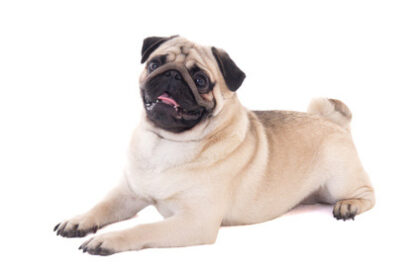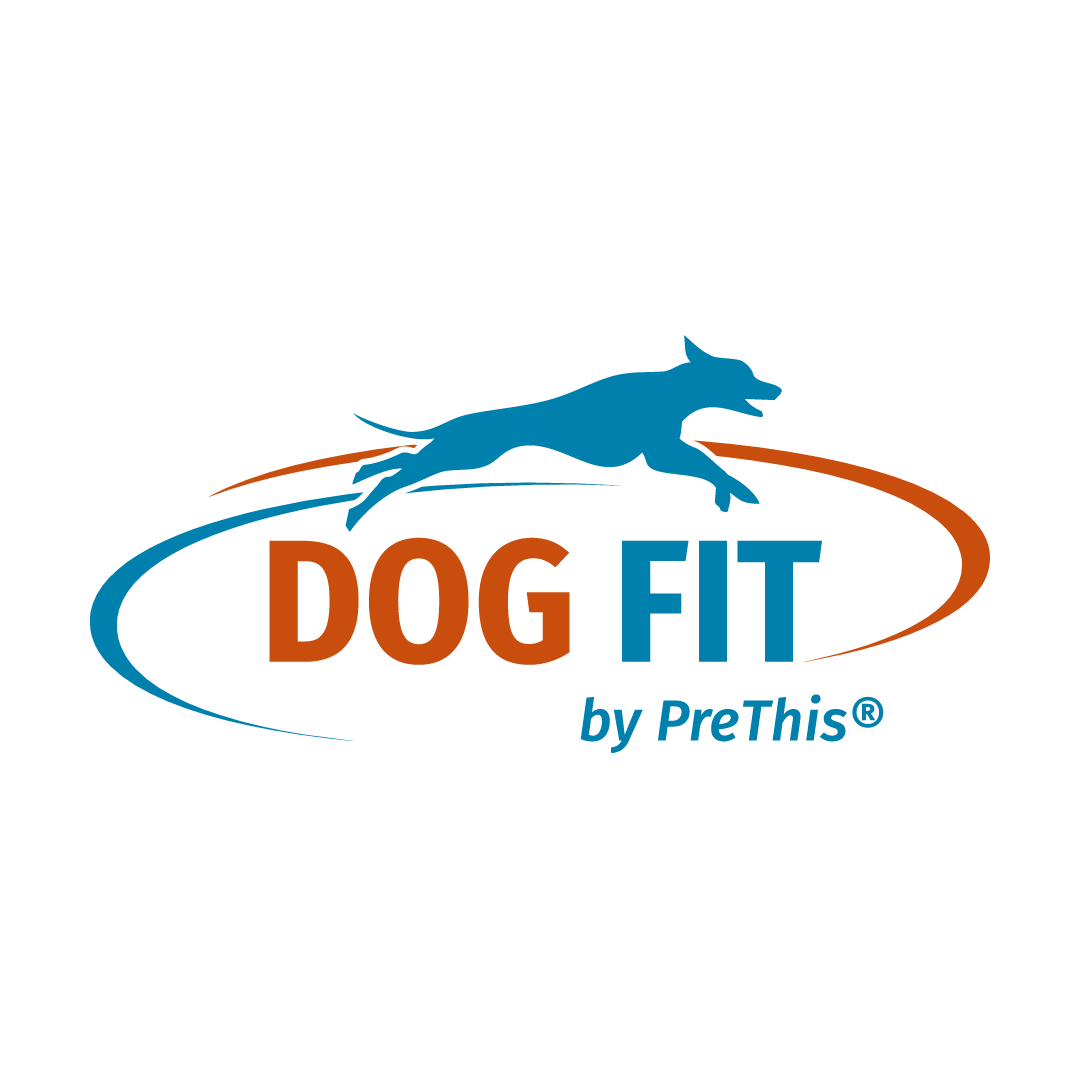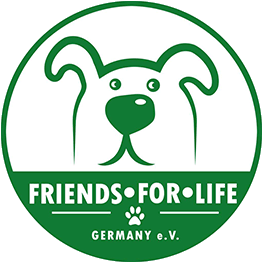 The pug is one of the oldest known dog breeds: the squishy fellow has enjoyed great popularity for centuries as a companion dog, family dog or lap dog. Or, as Loriot said: A life without a pug is possible, but pointless. In this article you will get information about the breed’s history, appearance, character traits, typical dog diseases and important tips for purchasing and keeping a Pug. First of all: We know that this breed does not meet with everyone’s approval and that the word torture breeding comes up often. Yes, that’s right, but the breed is still widespread and fortunately there are now many re-breeds that specifically address, for example, a recessed nose and bulging eyes. We also address the topic in this article.
The pug is one of the oldest known dog breeds: the squishy fellow has enjoyed great popularity for centuries as a companion dog, family dog or lap dog. Or, as Loriot said: A life without a pug is possible, but pointless. In this article you will get information about the breed’s history, appearance, character traits, typical dog diseases and important tips for purchasing and keeping a Pug. First of all: We know that this breed does not meet with everyone’s approval and that the word torture breeding comes up often. Yes, that’s right, but the breed is still widespread and fortunately there are now many re-breeds that specifically address, for example, a recessed nose and bulging eyes. We also address the topic in this article.
Brief breed history of the Pug
The beginnings of the breed history of what is probably the smallest Molosser are largely obscure. It probably comes from Asia and was a real luxury item as a pet of the royal family. Around the beginning of the 15th century, the pug found its way to Europe via the Silk Road and quickly became the popular lap dog of the rich and noble. Two things always played a role in breeding: his friendly and cooperative character, as well as his cuddly, childlike appearance. However, over time, the latter resulted in increased breeding damage, such as bulging eyes and breathing difficulties. In order to compensate for this breeding damage, attempts are now being made to give the pug a healthier appearance, which roughly corresponds to the slightly longer-legged and slimmer pug that is known from old paintings and photographs. By crossing other species, such as the Jack Russel Terrier, an attempt is made to breed a healthy “retro pug” in which the positive characteristics of the pug are retained, but the breeding damage disappears.
Appearance of the Pug
The pug is square and stocky according to the FCI standard with a shoulder measurement of up to 32 cm and an ideal weight of 6.3 to 8.1 kg. The coat should be fine, smooth, soft, short and shiny; silver, apricot, light fawn or black are permitted as color variations, as well as a mask with markings and an eel stripe. What is particularly important, however, is the pug’s expressive childish face: large, dark, round eyes and a blunt, short nose characterize the open pug face that many lovers of the breed are so addicted to.
The character traits of the pug
In addition to its childlike appearance, the pug is especially loved for its open, lovable nature, which has its origins in the history of the breed. Since the pug was never a working dog or even had to serve as a guard, herding or hunting dog, its job was always just one: to be nice and keep people company. As a pure companion dog, emphasis was placed on a people-friendly character – even today, aggressiveness or fearfulness are considered criteria for breeding. Accordingly, the pug is ideal as a family dog: it is friendly, open, willing to cooperate and is always happy to be in the presence of its people.
Responsible pug ownership
Pug lovers like to argue that the pug is the perfect dog for the current housing conditions – and that is largely true. The pug actually seems to be better adapted to today’s world than most other breeds: it has little demand for space, exercise and activity, but it always likes to be with its human and accompanies its family fearlessly and friendly everywhere. This makes it well suited even for life in the big city, which is often not very dog-friendly.
However, there are also arguments that speak against the pug: the at times very high demand for cheap pug puppies has led to the breed having to contend with sometimes massive breeding damage. Misbreeding has robbed the pug of its sporty, enduring nature, but many specimens now struggle with breathing problems, joint damage, bulging eyes and the like. On the one hand, this is of course restrictive for the affected dog: Many of these poor animals need operations in adulthood in order to be able to breathe normally, suffer from frequent eye injuries or the like. On the other hand, the panting noise that some pugs make when breathing is sometimes interpreted by other dogs as a growl – the macht social interaction with other dogs is sometimes difficult. Anyone who decides to get a Pug should therefore choose a puppy from a responsible breeder who strives to breed healthy, robust Pugs so that breeding damage has no chance of spreading. This is a lot more expensive than a puppy from a breeder or even from abroad, but you may save the dog a lot of suffering and yourself as the owner from expensive veterinary treatments.
Image: © Di Studio / fotolia.de

Every day we experience the wonders of nature with our dogs. This inspiration is the basis for our lives and our products. In our magazine we share with you our passion for these wonderful animals. Visit our socials and become part of the DOG FIT community.


Leave a Reply